In our next Film School for Dummies installment, Rett takes a deep dive into what makes an action movie stand out, using some classic films and personal favorites to highlight the key aspects that make for Hollywood action gold.
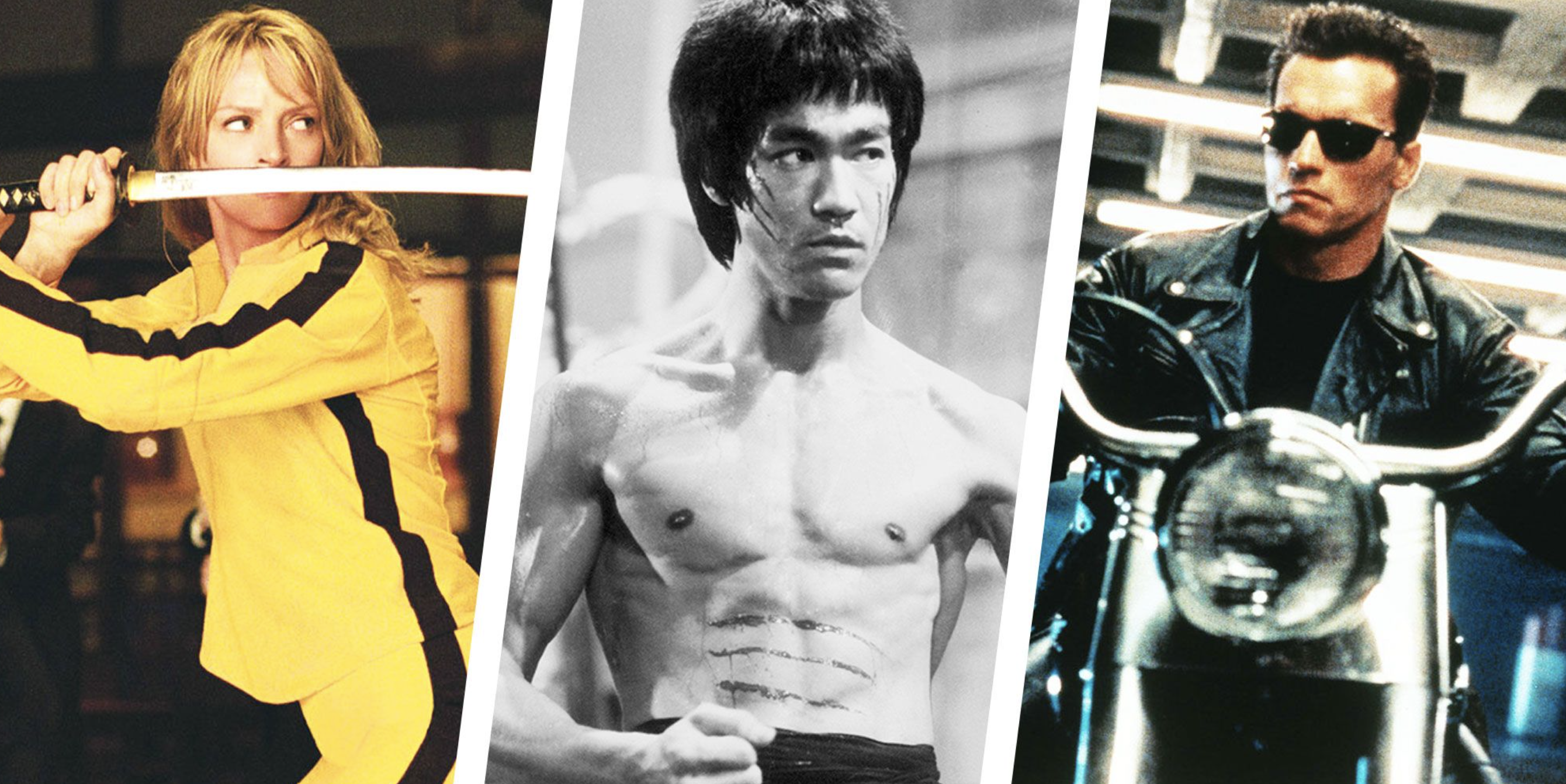
Whenever I go see the newest action movie that Hollywood has whipped out, each year I find myself asking many similar questions. Why have there been very few pure action movies—not superhero movies—that have had a lasting impact? What makes action movies that were filmed 30-40 years ago so much more re-watchable than today’s forgettable, generic flicks that feel like they come out every single week.
As a huge fan of the action genre, I believe I have come up with a step-by-step solution for how any filmmaker can construct a successful action movie. What made a simple action movie called Die Hard (1998) an all-time classic and its much bigger budget fifth sequel, A Good Day To Die Hard (2013), a flop? Well, I believe I have figured out the formula.
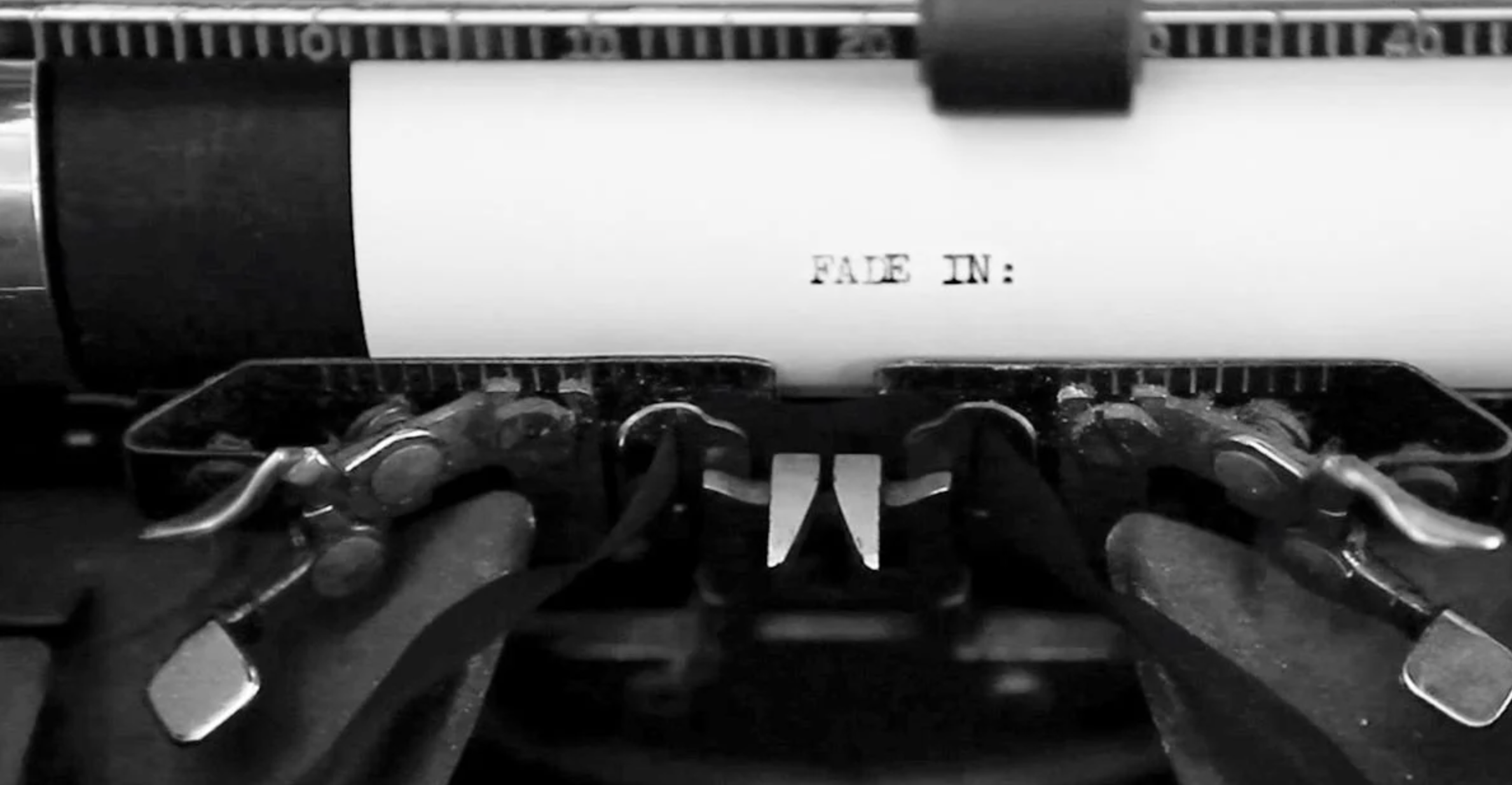
1. An Original and Intriguing Story
One of the most glaring issues every recent action movie has is its story. It seems like every movie nowadays involves the hero’s family being kidnapped or a power-hungry villain threatening to destroy the world. Not only that, but many movies have just recycled the plots of much better action films into their own since writers seem loathe to come up with original ideas. This can be seen with Taken 3 (2014) ripping off The Fugitive (1993), R.I.P.D (2013) amounting to a watered-down version of Men in Black (1997), and Skyscraper (2018) shamelessly copying Die Hard (1988). This doesn’t even include the numerous reboots or remakes of action classics like RoboCop (2014) and Total Recall (2012).
Where have the days of original stories like The Matrix (1999) gone? Not only does said movie have some of the most revolutionary action scenes ever filmed, but the film created a world where nothing is as it seems, one with constant surprises being revealed as the narrative progressed.
Another example of an engaging and fast paced story is that of Raiders of the Lost Ark (1981). With Indiana Jones and the Nazis both separately hunting for the Ark of the Covenant, our hero never has the chance to take a breath, and thus the momentum of the movie never slows down. The fast-paced nature of Raiders of the Lost Ark lends itself to action and never lets the film drag. No action movie screenwriter should ever attempt to make a new movie if they can’t write a plot that supports fast paced filmmaking.
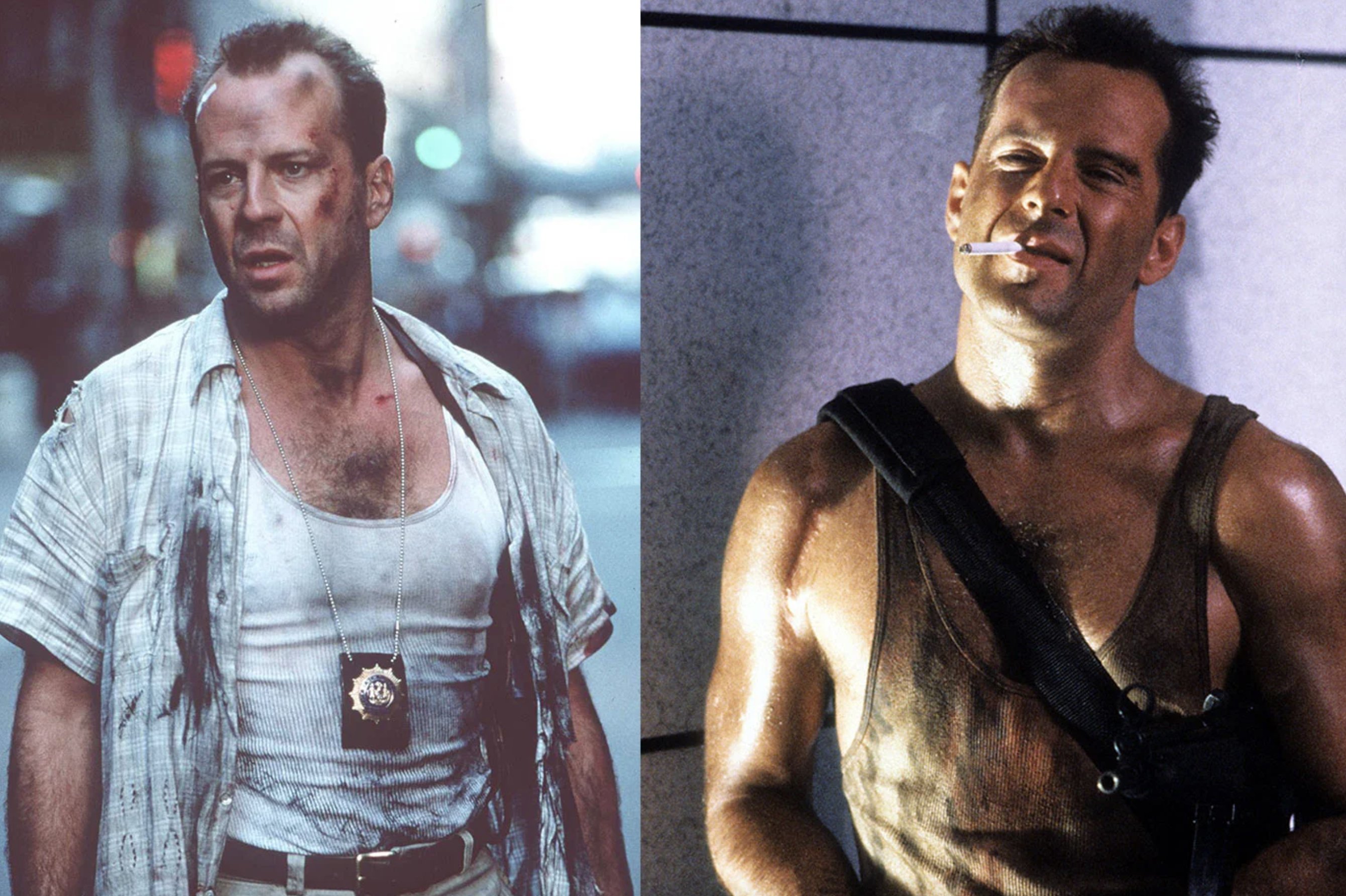
2. A Likable and Grounded Hero
The next most important thing in a successful action movie is a strong protagonist. Not only must the hero be relatable and likable, but we must be able to root for them whenever they are in peril. To give a strong example, let’s look at one of the most iconic action heroes of all time and his role across many films: John McClane. In Die Hard (1988), John McClane is just an average New York police officer trying to reconnect with his wife. At the beginning of the film he is slowly set up as a man with a fear of flying who’s also struggling with his marriage, thus making him someone we, the audience, can sympathize with. When the terrorists take over Nakatomi Plaza shortly after he arrives, we want McClane to succeed because it is all he has left in his life. We feel his pain as he pulls the shards of glass out of his bare feet, or his worry as he jumps off the roof of Nakatomi Plaza with only a firehose between him and the open air. We want to see him come out on top at the end of the day.
In the most recent edition of the franchise, A Good Day to Die Hard (2013), McClane is a hollow shell of former self. Gone is the vulnerability of the original film. Here he is always on top of things, seeming like an invincible superhero as he emerges unscathed from both a brutal car collision and a multi-story crash into a pool full of radioactive waste. McClane has also become unlikable; he both steals an innocent civilian’s car and runs over cars with innocent women and children inside.
In all the previous films, John McClane was depicted as a likable bastard who cared about his duty as a police officer, who cared about saving people. You feel his loss when he fails to save the plane full of people in Die Hard 2 (1990) and marvel at his bravery when he rushes to throw the bomb off the NYC subway full of people in Die Hard with a Vengeance (1995). The most recent film in the franchise forgot everything which made John McClane so likable, which, in my opinion, greatly contributed to why that movie sucked so badly.
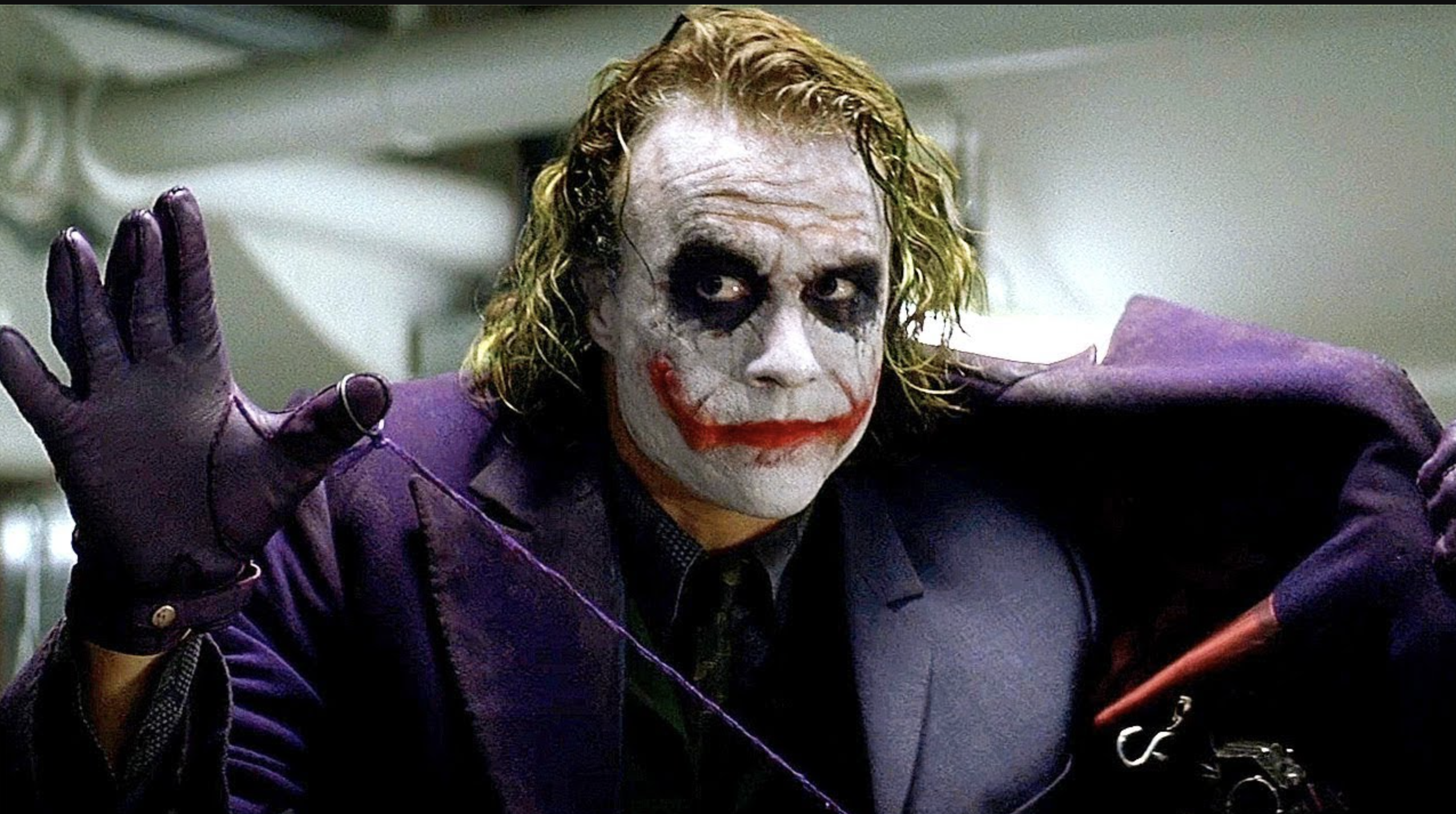
3. The Villain
I am a strong believer in the saying “Your story is only as good as your villain”. The villain often opposes the hero in many ways, but the two usually share something which connects them. Let’s look at the gripping crime thriller, The Dark Knight(2008)—yes, I called it a crime drama. Physically, Batman could crush the Joker with no problem; but the Joker knows how to psychologically torment our hero. In the famous interrogation scene, the Joker tells Batman that they aren’t too different and how Batman is just a freak like him. Everyone writing an action movie should look to The Dark Knight as a guide for creating an antagonist that is able to challenge our hero in a multitude of ways beyond the physical.
Another aspect of a great villain is a strong motivation that we the audience can understand. Poorly written antagonists are often portrayed as cartoon characters—i.e. villains who just want money or to blow up the planet for no reason. As a counterexample, let us consider Le Chiffre from Casino Royale (2006). His need for money isn’t baseless, as a powerful corporation has been threatening him. He challenges James Bond physically and psychologically, but LeChiffre’s grounded motivations ensures that he still seems like a human being at his core. These aspects of a good villain can greatly enhance an action movie, giving its legacy the movie much more depth and longevity.
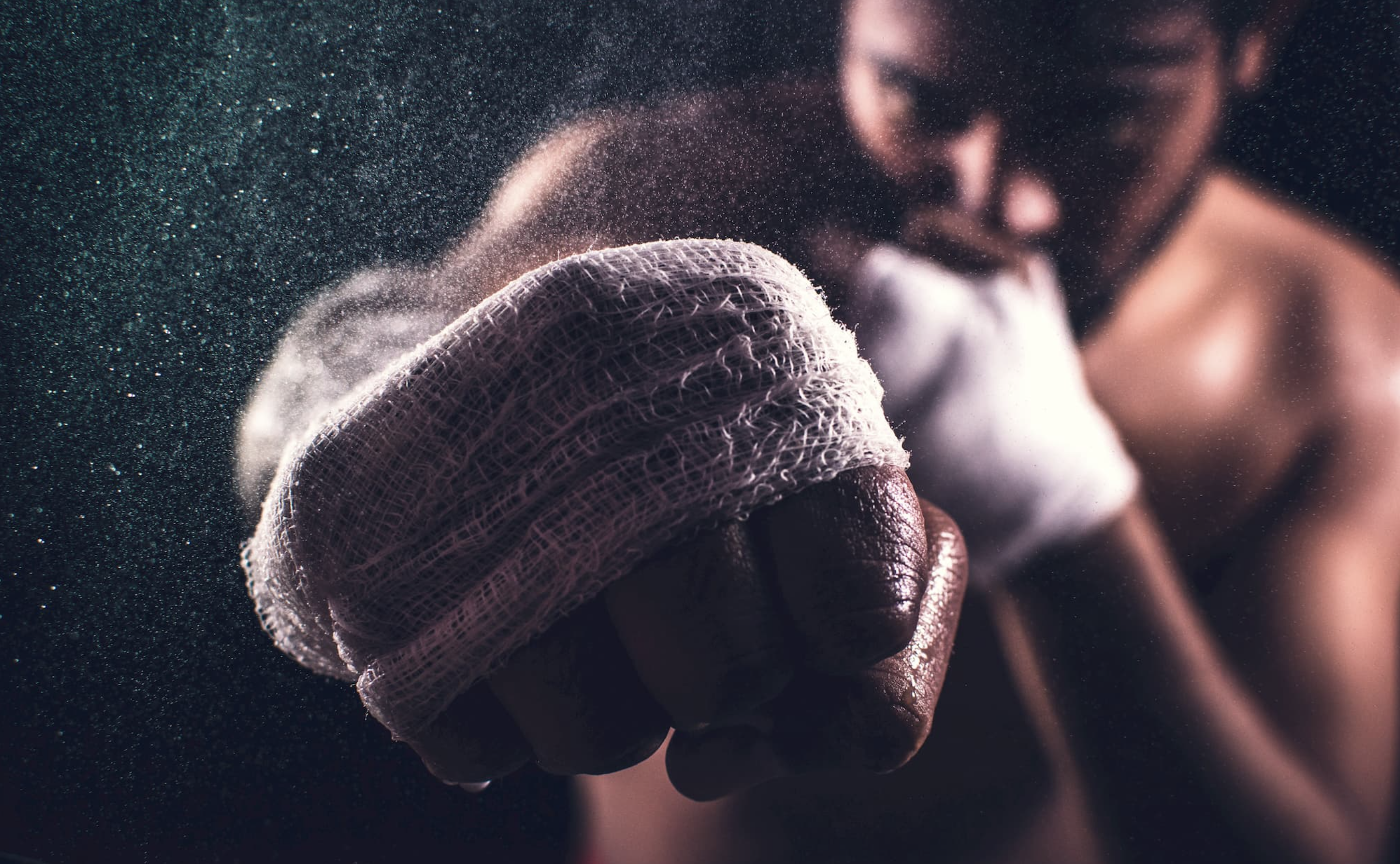
4. The Action Itself
This should be self-explanatory, but I feel that some modern directors have forgotten how to film action. Nowadays actors often no longer want to do their own stunts. Tom Cruise is a prime exception; someone who believes that seeing the action hero actually doing an amazing stunt greatly enhances the quality of the film. The insane stunts Cruise has performed in movies from the Mission Impossible franchise and other action films such as Edge of Tomorrow (2014) have truly raised the quality of all these films to action classics.
Other actors who have committed themselves to physical acting, such as Keanu Reeves and Harrison Ford, have greatly elevated the intensity of characters they portray with the sheer vitality and adrenaline of their performances. Practical stunts make the audience truly believe the hero is doing the perilous actions on screen. Actors who don’t commit themselves to performing their own stunts force the director to work around this choice by incorporating more cuts and angle changes to hide the lack of real action.
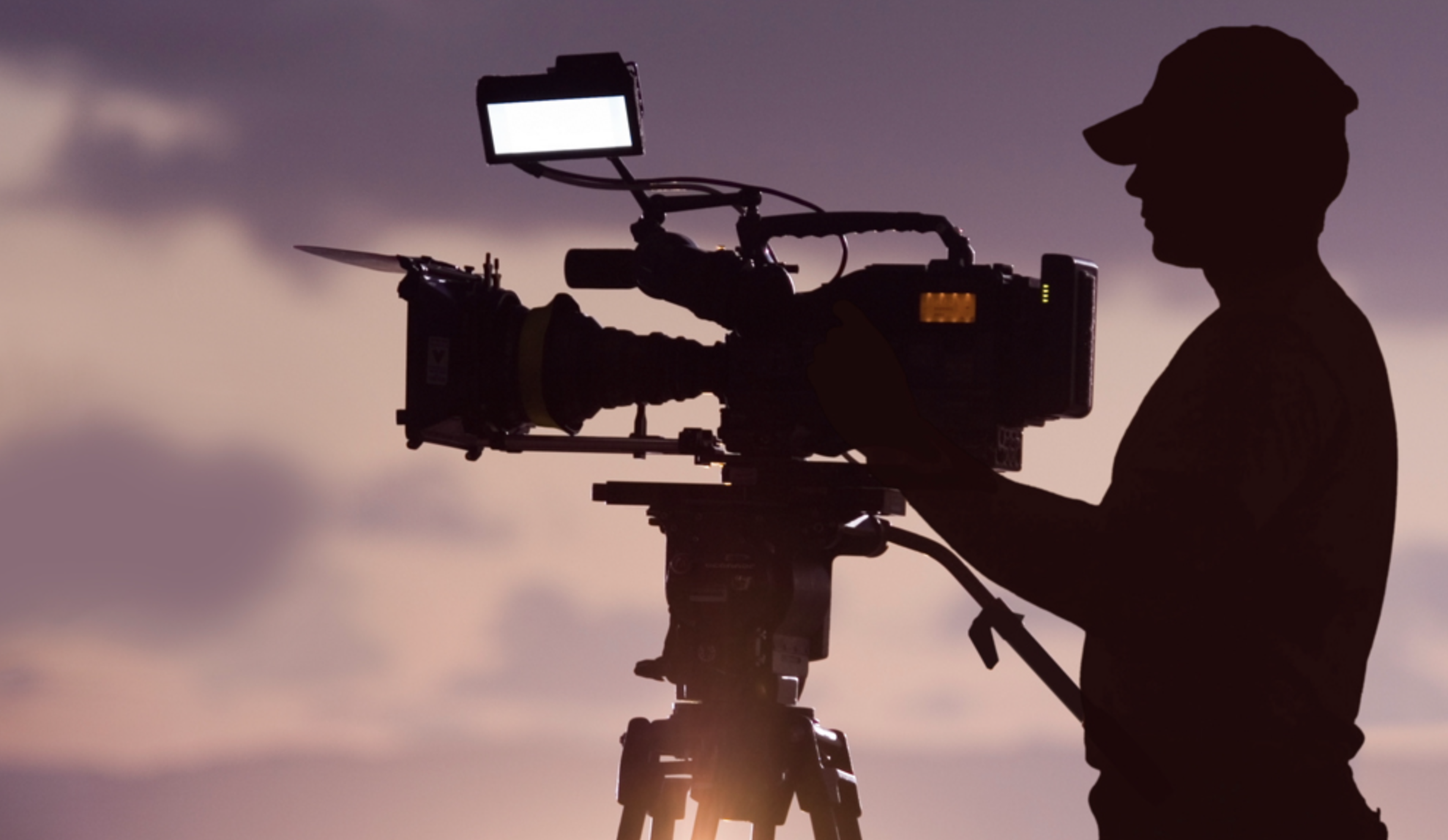
5. Good Camerawork
If there is something we all hate in movies, it’s shaky cam. Not being able to tell who is fighting who, where people are, or what is going on is the result of directors and cinematographers constantly moving the camera to hide poorly planned action. For example, when all the tributes in The Hunger Games (2012) ran for the cornucopia, what exactly was going on? I could barely see what was happening and absolutely hated it. In my opinion only one director has mastered the art of shaky cam: Paul Greengrass (The Bourne Supremacy, The Bourne Ultimatum, Captain Phillips). His ability to highlight his actors participating in the action and pristine editing allows the shaky cam to add a sense of vigor and ferocity to his films whereas other directors use it to do quite the opposite.
However, shaky cam is not to be confused with handheld cam. Take for example the action thriller Collateral (2004), directed by the great Michael Mann. The handheld camera style throughout the movie, especially in the night club sequence, allows the camera operator to freely film the action and thus adds a sense of unpredictability to the scene—which also happens to be a major theme of the film. Shaky cam is just camera operators violently moving the camera so the audience can’t comprehend what is happening on screen. Please directors, bring back the swift camera work as seen in the final fight between Neo and Agent Smith in the subway in The Matrix (1999). Allow us to clearly understand who is fighting who and not want to rip our eyes out after all of the quick edits and camera angle changes.
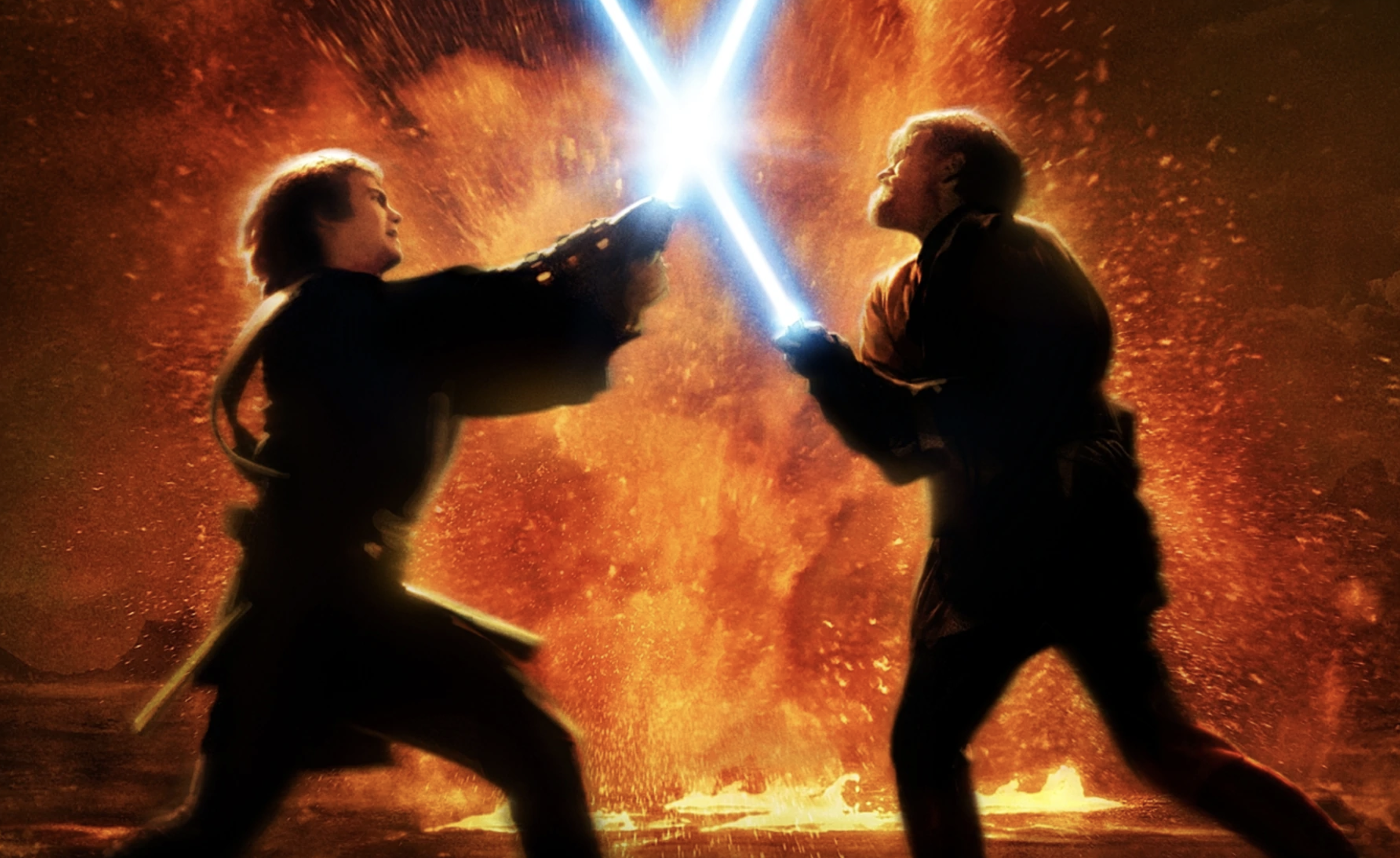
6. Choreography
All action movies need good choreography, but not too much. We all want fights to look good and be filmed well, but in my opinion there is a very fine line; a fight which is too choreographed leads to an almost dance-like sequence for the actors and takes the audience out of the scene. The sense of real stakes really disappears. The best example of this is in Revenge of the Sith (2005). The final fight between Anakin and Obi-Wan is overtly choreographed; it goes on for so long, and in so many complex sequences that it begins to look like they are dancing. The sense of intensity is gone as we almost become bored. The fight ends up looking way too clean, with neither of them making any mistakes.
Compare this sequence to the final fight between Luke and Darth Vader in Return of the Jedi (1983). After Vader tempts Luke that he will convince Leia to join the dark side, Luke begins wailing on Vader and hacks off his arm. This raw nature of the action added so much more emotion than that of the other lightsaber duel filmed 22 years later.
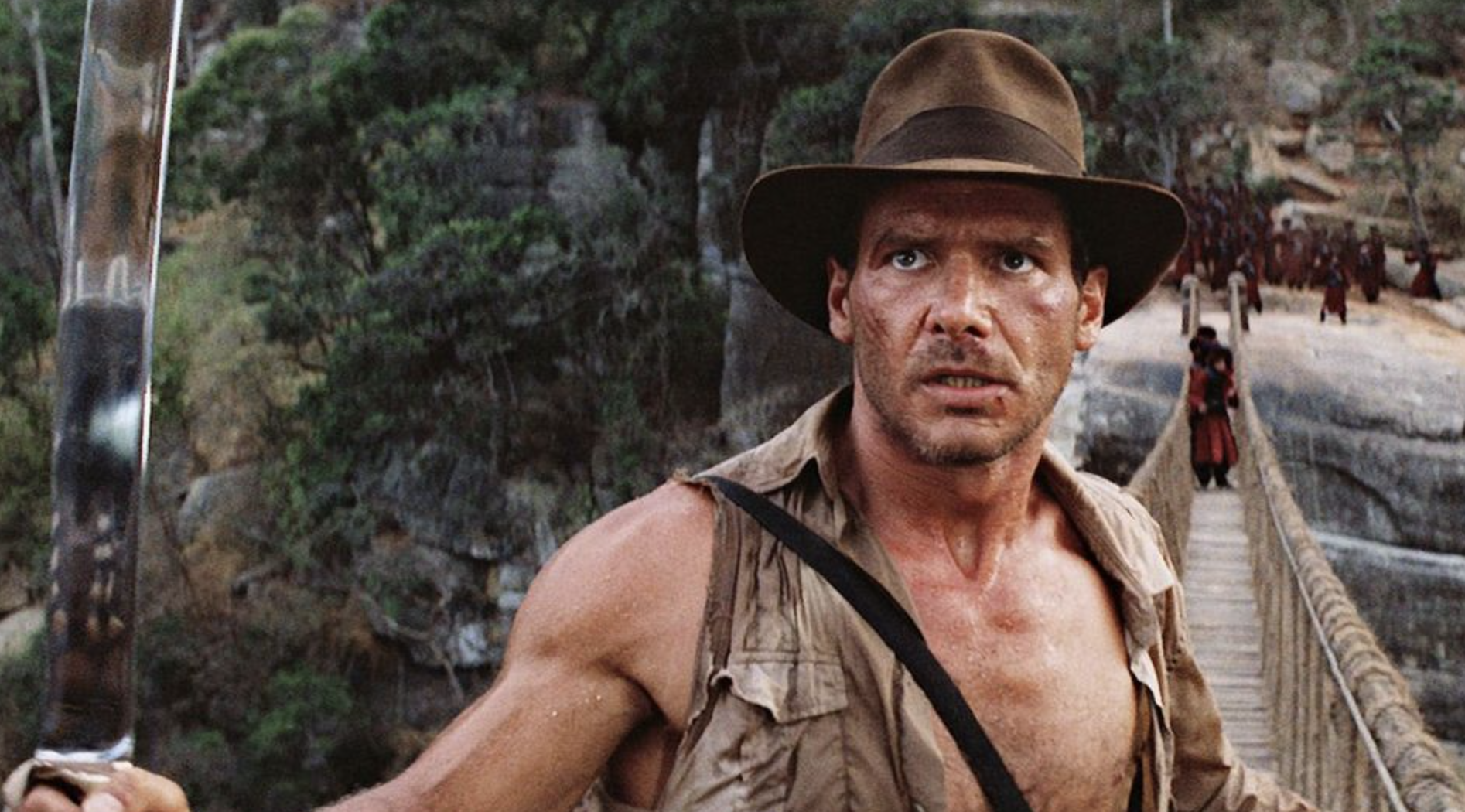
7. A Truly Vulnerable Hero
By far the most important aspect of an action movie is the vulnerability of the hero. If our hero is an invincible superhero all tension disappears from the scene. I did touch on this idea earlier with the downfall of John McClane but I this this point merits restatement with another franchise: Indiana Jones. In the first three films of the series, there is always a moment when our hero is almost beaten down to bits and it seems all is lost. Whether it’s narrowly riding underneath a Nazi truck as he attempts to rescue the Ark of the Covenant, overcoming the trance placed on him and rescuing his friends from a cult, or taking on a tank to rescue his father and friends trapped inside, there is always a moment in the first three movies when Indiana Jones shows his vulnerability—and the tension is nonstop.
In 2008’s The Kingdom of the Crystal Skull, no such moment exists; our hero even survives so much that his escapes come across as comical—need I mention the nuke-resilient fridge moment. Again, Indiana Jones becomes a superhero, thus eliminating all tension from the action scenes. Just look at his clothes at the end of the film. As Indy and the rest of the cast is watching the UFO take off into space, his outfit looks freshly laundered even after venturing through a jungle and an ancient temple. Compare this to the final scene on the bridge during Indiana Jones And The Temple of Doom (1984): here his shirt is ripped up down to nothing. Our hero is bloody and scarred up, an appearance which makes it look like he’s seen some real action and damage throughout his adventure. This is what I believe to be the core of what many modern action movies, and sequels to classic action movies, forget—and thus why they can never rise to the level of their predecessors.
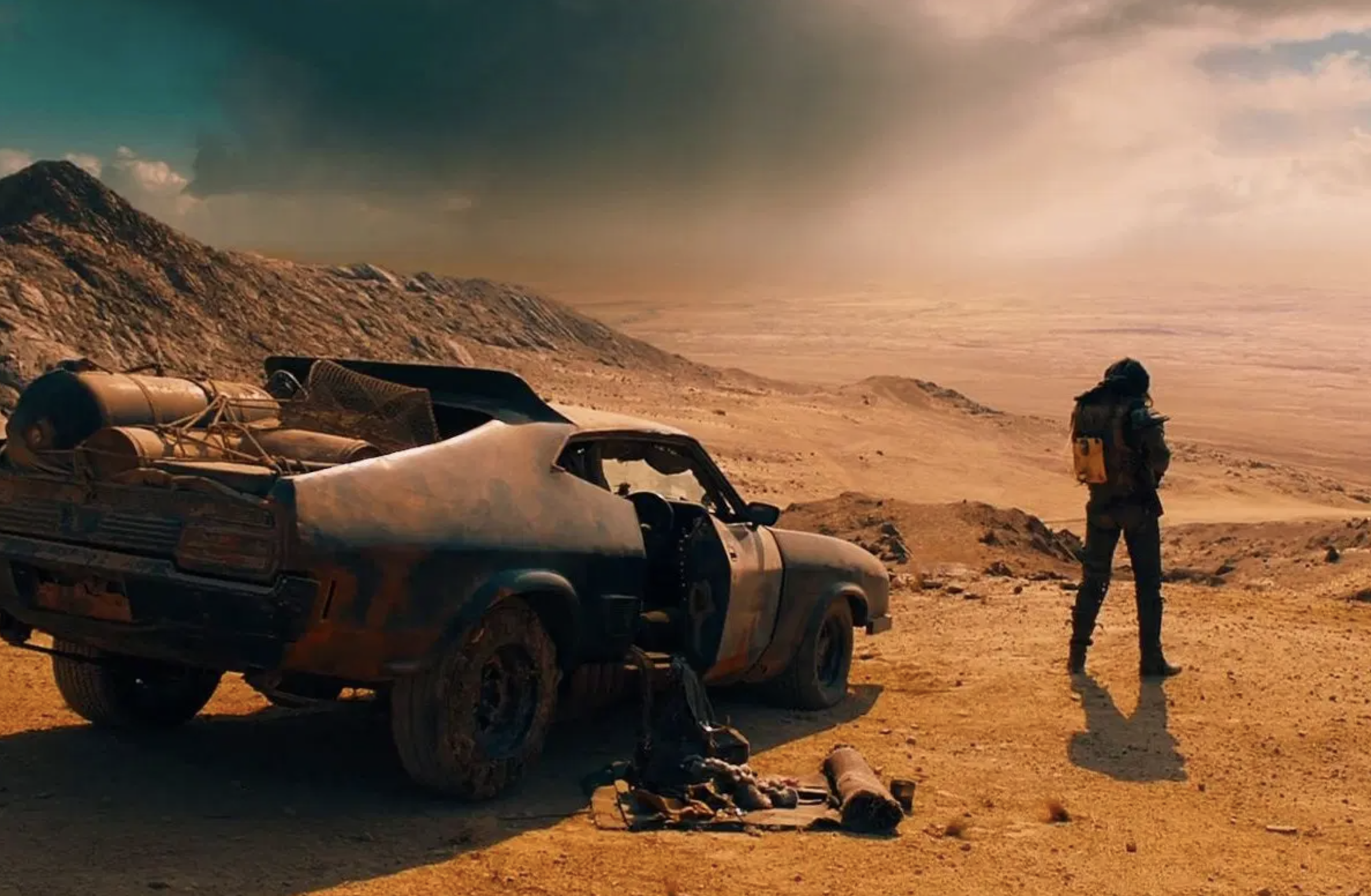
I hope action filmmakers take these words to heart and learn how to create an engaging film with true longevity. Disposable, generic action films continue to be released year after year, causing the industry to stray farther and farther away from the glory days of action cinema. Luckily, it’s not all bad. Some modern filmmakers have no need for this list, having made some absolute classics that are still watched regularly to this day and will for many more years to come—i.e. Mad Max: Fury Road (2015), Inception (2010), Baby Driver (2017). However, until these caliber of films become the standard, we’ve got a lot of work to do.

Recent Comments